- Home
- Bill James
Popular Crime Page 14
Popular Crime Read online
Page 14
At the same time, I have to wonder whether the high conviction rates of modern America are not due in part to … well, cynicism. It’s the law of un-intended consequences. In my grandfather’s time police officers beat confessions out of criminals, perjured themselves and sprung surprise witnesses who were often persons of low character—and the juries looked upon it with a jaundiced eye, and demanded to be convinced. The Warren Court swung the balance of power toward the accused—and the counterbalance of skepticism moved the other way. Trials were once spontaneous, quick and dramatic; now they are rehearsed, endless and often boring, interminable bullshit from professional witnesses who have practiced their skills at sparring with defense attorneys. The jury looks upon the accused as if he must be guilty, or why would he be here?
I am trying to get to the issue: is this change a consequence of the phenomenon of popular crime? Do the ceaseless stories of spectacular crimes cause so much fear among the American people that juries come into court determined to convict?
Perhaps. I don’t think so.
Here’s another theory about this change. A hundred years ago, America was rural. Now it’s urban.
I grew up in a small town where I knew everybody. I will always remember this: that in my first semester in college I knew every person in any of my classes. I knew their names, their faces, a few facts about everybody, hometowns and hobbies. Years later, I could still remember every one of those people.
Three years later, when I was a second-semester senior, I happened to think back to the previous semester—and realized that I could not remember the name of one single person that I had taken a class with the previous semester. The people I had had classes with as a freshman, I still remembered. The people I had met as a senior, I had never made any effort to get to know.
The difference is this: that a rural person expects to know every person in his world, and therefore thinks of every person as an individual. An urbanized person never expects to know the people he comes into contact with, and therefore rarely focuses on them as individuals.
Stating the same thing in a different way, when you have more categories in your mind than people, you tend to see the categories as characteristics of the people. Like this:
Jack
Susan
Daryl
Rich
Poor
Black
Tall
Short
Intense
Dumb
Smart
Well-Dressed
Jock
Business Major
Loud
Frat Boy
Dorm Dweller
English Major
But once you have more people in your world than categories, you start to sort the people into categories. Like this:
Frat Boys
Dorm Dwellers
Blacks
Jack
Susan
Daryl
Teddy
Mary
Cliff
Chip
Lucy
Jules
Scott
Alice
Wes
Josh
Marlee
Lonnie
What had happened to me, between the time I started college and the time I finished, was that the number of people in my world had expanded such that it became more practical for me to keep track of the people under the labels than it was to keep track of the labels under the people.
This is just a theory, but I wonder if this surge in the conviction rates wasn’t caused by the same phenomenon. In 1915 we were a rural nation. Jurors, introduced to a person charged with a crime, instinctively looked upon her or him as an individual, and demanded to see the proof that he or she was guilty.
But by 2009 we were an urban nation. Jurors tended to look upon a person accused of a crime as … well, a criminal. The accused started out underneath the heading “accused criminal.”
It’s just a theory. I wouldn’t want anyone to think I was suggesting that the criminal justice system a hundred years ago was better than it is now. It certainly was not. The criminal justice system of modern America is vastly better than the justice system of a hundred years ago. It is dramatically better than it was 30 years ago.
Trial by ambush was not a good thing. At the same time, the burden of pretrial discovery has added so much weight to modern trials that the trials are in danger of sinking under the load. It seems to me unlikely that the Warren Court, in issuing the Brady ruling, intended to force upon the justice system changes that were quite as sweeping as those that actually followed. And it seems to me a defensible position that modern justice could benefit from having trials that were cheaper, shorter, more spontaneous and more common.
X
Mary Phagan was thirteen years old, four feet, eleven inches tall, and worked in a pencil factory in Atlanta. On April 26, 1913, the little working girl went by her factory on a Saturday to pick up a paycheck. It was Confederate Memorial Day, a major Southern holiday at the time, and there was a parade through downtown Atlanta. Mary wore her prettiest homemade dress, lavender with lace trim, and a ribbon in her hair, and carried a silver mesh pocketbook. The factory owed her $1.20 for one day’s work—they had shut down the rest of the week, awaiting supplies—and she was going to pick it up on her way to the parade. She didn’t make it to the parade. A night watchman found her body about three o’clock the next morning, in the basement of the pencil factory. She had been sexually assaulted and beaten. A couple of nearly illiterate notes were found near her body.
Leo Frank was arrested. Frank was the superintendent of the pencil factory, and for that reason was the last person to whom Mary Phagan could be traced.
Suppose that we were to categorize crime stories. Let us pretend that you and I are academics who wish to study crime stories, and, as a first step in that process, we need to sort them into categories so that we can study groups of like stories. How would we do that?
One key element would certainly be the size of the story, the degree to which it seizes hold of the public’s imagination. The murder of Mary Phagan, on a 10-point scale, would probably be a “9” or a “10.” It didn’t command the nation’s attention on the level of O.J. or the Lindbergh baby or the assassination of JFK, but it was right behind them, on the level of the Manson family murders or the Scott Peterson case.
It didn’t draw the same level of attention, but it generated much more passion. Let us take three or four cases from this era—the Mary Phagan murder (1913), the crime for which Sacco and Vanzetti were executed (1920), and the Hall-Mills murder (1922). All of these were huge cases, all “9s” or “10s” on an attention meter—but the attention is of a very different nature. The Hall-Mills case was a media sensation, probably earning more inches of contemporaneous newsprint than any case in American history up to that time, but the Hall-Mills case—like the Snyder-Gray case three years later—was more or less manufactured by editors to sell newspapers. People were interested in it, as people are interested in a novel or a soap opera, but on a certain level they didn’t really care about it, the way they did about Mary Phagan.
And then there is Sacco and Vanzetti, a case that received little newspaper attention at the time of the crime or at the time of the trial, but became famous later on because people at some point began to care about it. Sacco and Vanzetti is essentially a “Dreyfus” story, as I would categorize it, a story about an innocent person’s fight for justice.
So we have tabloid cases and Dreyfus cases and … what do we call the Mary Phagan case? But the Mary Phagan case has also within it a Dreyfus story, as Leo Frank is a Dreyfus figure. It turns out to be too complicated to categorize stories in that way, as crime stories contain different mixes of elements. There are, for example, celebrity stories like Lindbergh and O.J. There are mystery stories, in which some unknown person has committed a crime, and the nation gets caught up in the effort to find the villain. One of the most famous crime stories in British history,
the murder of Julia Wallace in 1931, is a classic mystery. The characters involved are uninteresting and essentially unsympathetic, but the case remains enduringly famous because, despite an abundance of clues, there is no apparent solution; the clues can be used equally well to show the innocence or the guilt of the accused. The Lindbergh case is a celebrity story, certainly, but it is also a mystery. Later writers have tried to convert Bruno Richard Hauptmann into a Dreyfus figure, which is fairly silly, but I guess I am getting ahead of myself.
I think that there are at least eighteen elements that characterize crime stories—probably more, but eighteen I can pin down.
1) Tabloid elements, which involve soap opera–like stories and are media-driven.
2) Dreyfus elements, in which an innocent person pursues justice.
3) Celebrity elements, which involve persons who were famous before the crime.
4) Mystery stories, which are essentially driven by the effort to identify the killer.
5) Political elements, which are driven by the perception that an issue of political significance is involved. The assassination of JFK is a political story, obviously, as are stories involving police corruption. Spy stories are political. The case of the Rosenbergs is a political story as well as a Dreyfus story. The LA Times bombing, the terrorist acts of Erich Muenter and the assassination of ex-governor Steunenberg in 1905 were all political stories.
6) Bizarre elements cause stories to stand out from the mass of criminal events by gruesome, grotesque and extremely unusual features. Jeffrey Dahmer is a Bizarre story, as is Charles Manson and Winnie Judd, the Trunk Murderess (1931). Any story involving unusual amounts of cruelty could be called a Bizarre story.
7) Killer on the Loose stories receive attention due to the public’s perception that they may be in actual danger. The Beltway sniper was a Killer on the Loose story, as were John Dillinger, Bonnie and Clyde, and Charles Starkweather. The story of Michael Swango, the doctor/poisoner, is a Killer on the Loose story because of the perception that the refusal of the medical establishment to deal with a sociopathic doctor represents a threat to the public.
8) Organized Crime elements are an essentially different phenomenon. I haven’t really dealt with Organized Crime in this book, in that I regard Organized Crime as fundamentally outside the tradition of Popular Crime.
9) Innocent Victim elements appeal to us because of the desire to see justice for an innocent victim. Of course, JFK is an innocent victim as well, and Nicole Brown Simpson, and all of the people killed by the Beltway snipers and Charles Starkweather. They are innocent victims, but this is not why their cases became famous. The average crime story consumer can’t name one person killed by the Beltway snipers. Some cases are about the victims, and some cases are about the killers.
10) Literary elements are cases that become famous because of the quality of journalism invested in them, not the quantity. The murder of the Clutters (In Cold Blood) is a Literary case, as is the 1963 murder of Los Angeles police officer Ian Campbell (The Onion Field) and the case of Robert Stroud (Birdman of Alcatraz). In these cases it is neither the killer nor the victim who makes the case famous, nor is it the amorphous and competitive press. Rather, it is a single identifiable skilled journalist or author or some small set of journalists, dramatists or moviemakers, acting together, who make the case famous.
11) Justice System stories are stories that are fundamentally about the system of justice itself, such as the Duke Lacrosse Non-Rape story, the story of Moman Pruiett or the 1976–77 battle to execute Gary Gilmore.
12) Fraud elements involve stories of deception and highly organized deceit.
13) Money stories are stories about extremely wealthy people or about money itself.
14) Adventure stories are stories about disturbing things that happen to people while they are out in the world on some adventure, which seems to attract the attention of the media.
15) Violence stories are stories about sudden eruptions of unplanned street fighting, involving multiple combatants.
16) Missing Person stories are about people who suddenly go missing for no apparent reason.
17) Stories that demand our attention because of the Number of Victims involved we will call “Number” stories.
18) And there are, finally, Sexual Violence stories.
Eighteen elements. Alphabetically:
A—Adventure Stories
B—Bizarre Elements
C—Celebrity Elements
D—Dreyfus Elements
F—Fraud Elements
I—Innocent Victim Elements
J—Justice System Elements
K—Killer on the Loose Stories
L—Literary Elements
M—Missing Persons Stories
N—For “Number”
O—Organized Crime Elements
P—Political Elements
Q—Mystery Stories
$—Stories about Money
T—Tabloid Elements
V—Violence Stories
X—Stories of Sexual Violence
Money, Mystery, Mass Shooting and Missing Person all start with “M,” so I used the dollar sign for money, “N” for stories which involve many victims, and “Q” (Question Mark) for Mystery. I tried using an actual question mark, but it just didn’t fit.
We could categorize crime stories, then, by the two or three most prominent elements of the case from the list above, and by the degree of public interest on a 1 to 10 scale. We would need to spell out exactly what distinguishes a “6” from a “7” in terms of media interest. “1” would be a case that receives little notice from the local press and no national interest. “2” would be a case that receives some degree of local interest, characterized perhaps by 1 to 5 front-page stories in the local newspapers.
That’s enough of that; I can see you yawning. The trial of Clarence Darrow, then, might be categorized as CJP 9—a celebrity story involving the justice system, with political significance, very big. The story of Erich Muenter would be PB 7—a political story with a somewhat bizarre twist, attracting strong short-term national interest. The murder of Stanford White by Harry K. Thaw was CT 9—a Celebrity/Tabloid story, very big. The murder of little Mary Phagan, on the other hand, would be IDQX 9—an innocent-victim sex crime with a Dreyfus angle and a mystery subplot, attracting huge and enduring national attention, eventually becoming the subject of many books.
The death of Mary Phagan engaged the passions of the American public to a greater extent than any other crime, ever. There have been other stories as big, and some bigger. There has never been any other crime story about which so many people cared so much.
I broke into the narrative to try to figure out why this was true. I believe that this happened, first, because the two kinds of crime stories that people care most about are Innocent Victim Stories and Dreyfus Stories. The Mary Phagan case combined both of those elements at a very high level. All really big crime stories have some element of mystery in them, and most big crime stories have some political overtones. Again, the Mary Phagan case has these. The case combines the elements that tend to make a case big with the elements that make people genuinely care about it, to a degree that I think is without parallel. Let me recap the chronology quickly:
Mary disappeared on April 26, 1913.
Her body was found by a night watchman at about three o’clock in the morning on April 27.
Leo Frank was arrested and charged with the murder on April 29.
His trial began on July 28, 1913, in downtown Atlanta.
He was convicted and sentenced to death on August 26, 1913.
On June 21, 1915, his sentence was commuted to life imprisonment by the governor of Georgia, John Slaton.
On August 17, 1915, a group of citizens calling themselves the Knights of Mary Phagan seized Frank from the prison farm where he was incarcerated, drove him back toward Atlanta, and hanged him.
On a certain level these events are unremarkable. The murders of young girl
s by lecherous men have been unfortunately common throughout history. In the first quarter of the twentieth century it was not uncommon for those murders to be avenged by extralegal executions. What made the Mary Phagan story remarkable was the quite extraordinary level of public engagement in the process. At the time of the trial tens of thousands of people surrounded the courthouse in Atlanta. Large rallies protested the conviction of Leo Frank in almost every Northern city, often attended by thousands of protestors. Hundreds upon hundreds of newspaper editorials were written on both sides of the case, Northern newspapers urging Frank’s acquittal, Southern newspapers urging his conviction. When the clemency appeal for Frank was on Governor Slaton’s desk he received more than 100,000 letters urging him to do one thing or the other.
Leo Frank was an innocent man—Jewish and a Yankee, yes, but innocent of the crime. The murder was committed by Jim Conley, a janitor at the pencil factory, who was Frank’s chief accuser at the trial. This has been the conclusion of almost everyone who has written about the case in the last sixty years, and in my view there is no reasonable doubt that this is correct. I would argue that Conley’s guilt is not only clear, but obvious, based on the facts as they are now known:
1) Several crudely constructed letters were found with the body, letters purporting to be in the hand of Mary Phagan, but obviously written by someone else. Conley acknowledged writing the letters.
2) Conley was at the scene of the crime, by his own testimony, hiding out in a dark area near Leo Frank’s office.
3) Crimes of this nature are normally committed under the influence of alcohol. Conley was drunk at the time. There is evidence from various sources that Conley was drunk when he reported for work at eight o’clock on the morning of the crime, and had continued to drink throughout the morning until he ran out of alcohol and money.

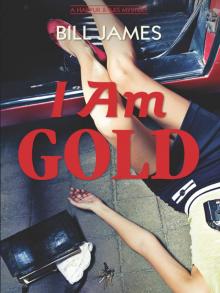 I Am Gold
I Am Gold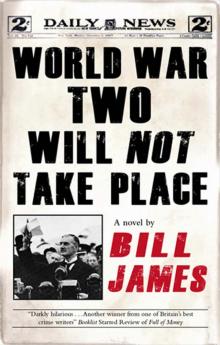 World War Two Will Not Take Place
World War Two Will Not Take Place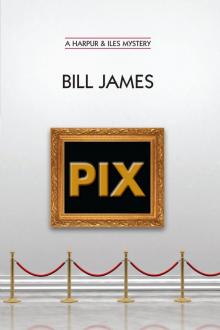 Pix (Volume Book 24) (Harpur & Iles Mysteries)
Pix (Volume Book 24) (Harpur & Iles Mysteries)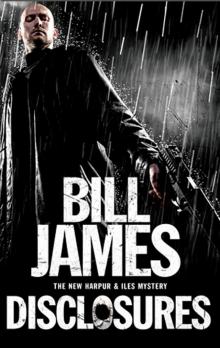 Disclosures
Disclosures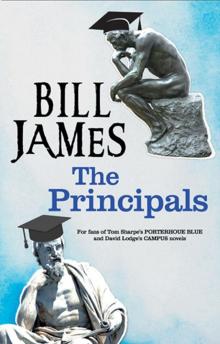 The Principals
The Principals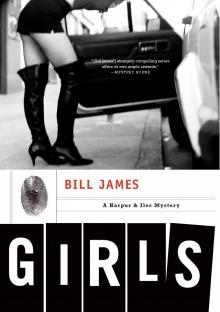 Girls
Girls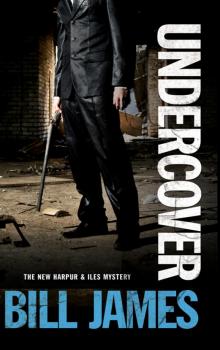 Undercover
Undercover Come Clean (1989)
Come Clean (1989)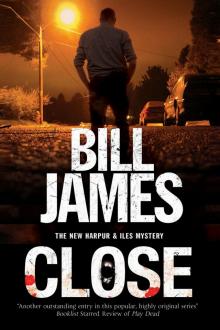 Close
Close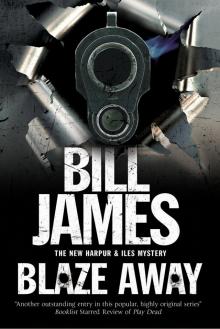 Blaze Away
Blaze Away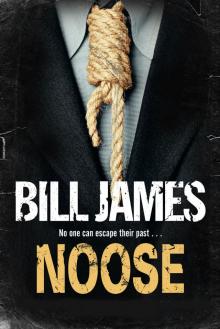 Noose
Noose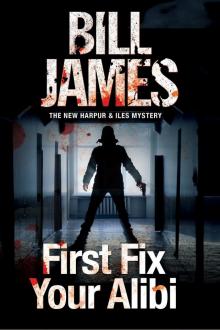 First Fix Your Alibi
First Fix Your Alibi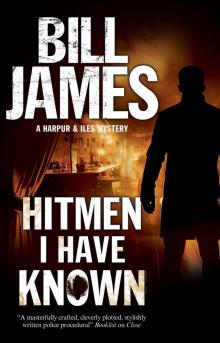 Hitmen I Have Known
Hitmen I Have Known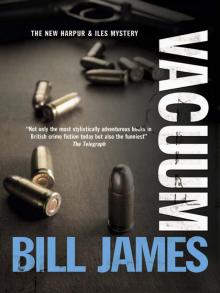 Vacuum
Vacuum Play Dead
Play Dead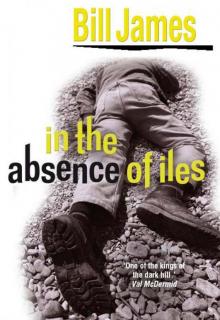 In the Absence of Iles
In the Absence of Iles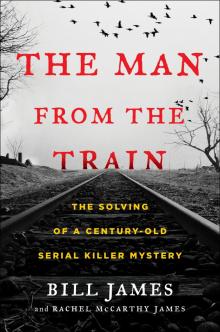 The Man from the Train
The Man from the Train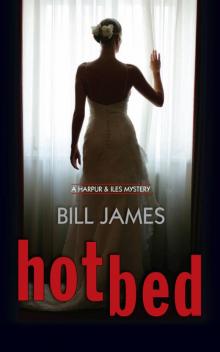 Hotbed
Hotbed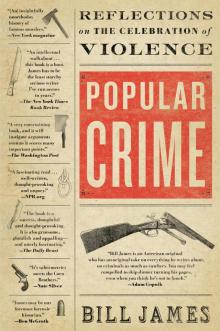 Popular Crime
Popular Crime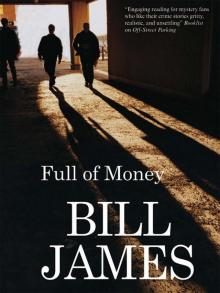 Full of Money
Full of Money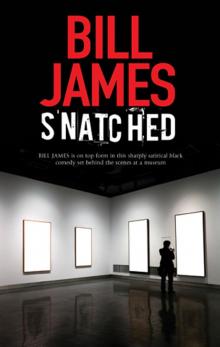 Snatched
Snatched